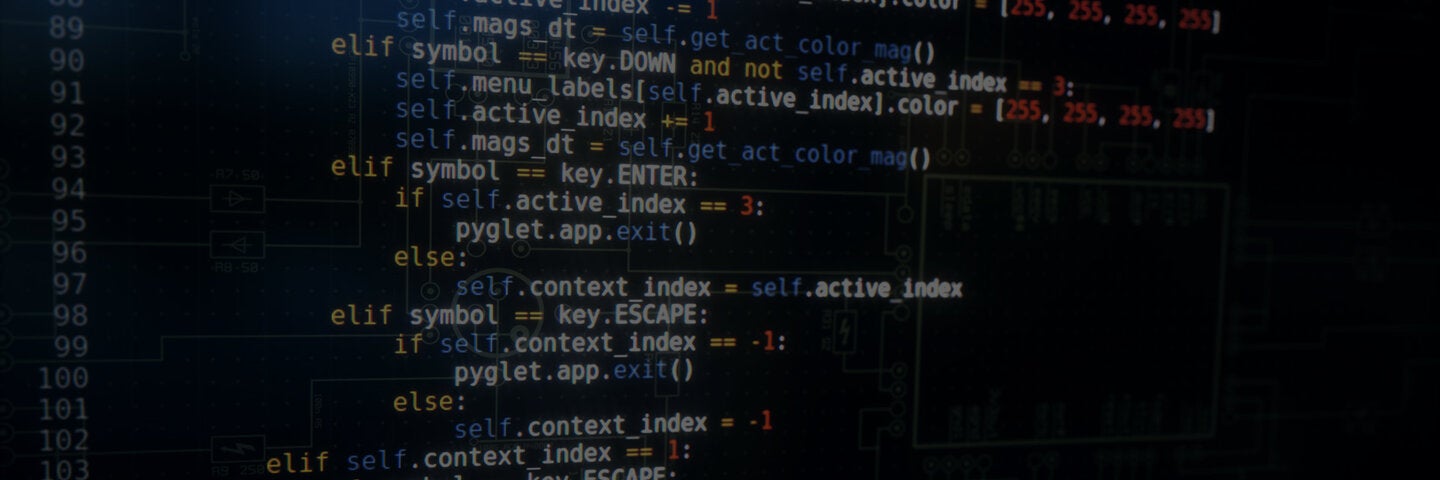Python Programming I

Python Programming I
Python is a high-level, dynamically typed, and portable programming language that excels when the cost of software development outweighs performance considerations.
Get More Info
What you can learn.
About This Course
This is an introduction to the Python language. This is NOT an introduction to programming. Some programming experience will be assumed.
By the end of this course you will be able to do the following:
- Write basic programs in Python.
- Use built-in and third-party libraries to enhance your applications.
- Be able to extend your Python knowledge on your own.
COM SCI X 414.20 Fundamentals of Software Development, programming experience.
Winter 2026 Schedule
Enrollment limited; early enrollment advised. Enrollment deadline: January 11th, 2026.
School of Public Affairs Bldg. 2319
School of Public Affairs Bldg. 2319
School of Public Affairs Bldg. 2319
School of Public Affairs Bldg. 2319
School of Public Affairs Bldg. 2319
School of Public Affairs Bldg. 2319
School of Public Affairs Bldg. 2319
School of Public Affairs Bldg. 2319
School of Public Affairs Bldg. 2319
School of Public Affairs Bldg. 2319
School of Public Affairs Bldg. 2319
Enrollment limited; early enrollment advised. Enrollment deadline: January 11th, 2026.
Spring 2026 Schedule
Enrollment limited; early enrollment advised. Enrollment deadline: April 5th, 2026.
This course applies toward the following programs

Software Development
Develop software applications in Java and Python and enhance your web development skills. Gain the practical knowledge necessary to compete in an evolving technology ecosystem.

